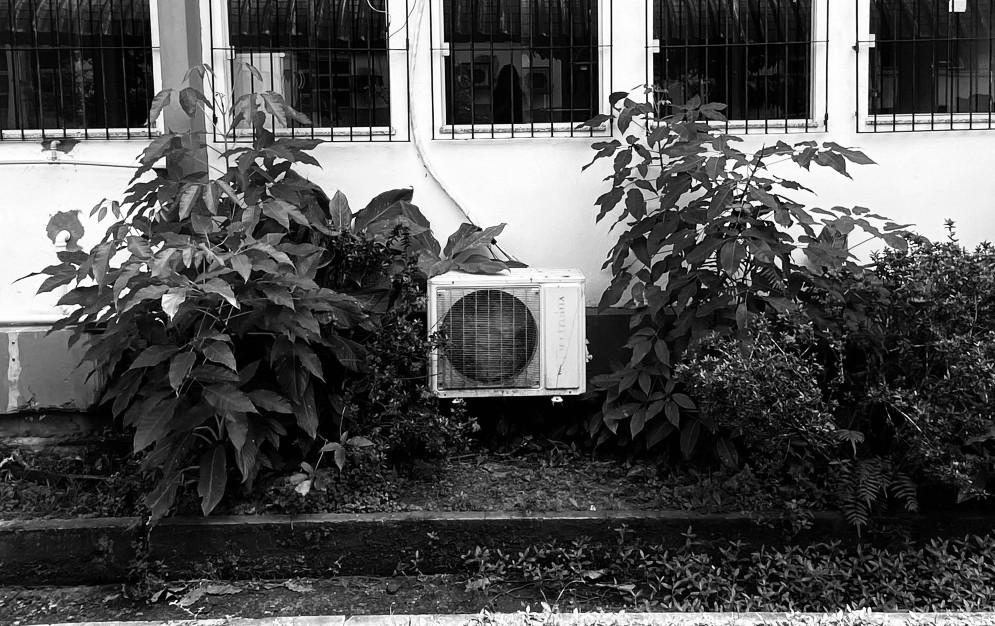Prepare your Houston home for winter with essential HVAC maintenance tips. Learn how to improve comfort, efficiency, and air quality before cold weather hits.

When temperatures start to dip in Houston, homeowners shift their focus from cooling to comfort. Even though winters here are mild compared to other regions, that doesn’t mean your HVAC system gets a break. In fact, it’s been working hard all year to keep your home livable—from those humid summer days to cooler winter nights. Without the right care, small issues can easily turn into expensive surprises when you least expect them.
Think of HVAC maintenance as giving your home’s comfort system a well-deserved tune-up before winter sets in. It’s not just about preventing breakdowns; it’s about creating a healthier, more efficient living space. A well-maintained system runs smoother, uses less energy, and keeps your indoor air fresher—all things that make a noticeable difference in daily life.
And let’s be honest: no one in Houston wants to deal with a heater that won’t turn on during a sudden cold snap or an air handler that starts making strange noises in the middle of the night. Preparing your HVAC system now means peace of mind later. This guide will walk you through everything you need to know about HVAC maintenance for winter—why it matters, what steps to take, and how Champion and Nash can help you stay warm, safe, and comfortable all season long.
Dirty filters restrict airflow and force your system to work harder. Replace them every 30–60 days, especially if you have pets or allergies. This small step improves efficiency and air quality. A clean filter also helps your heating system circulate warm air more evenly and reduces the strain on your blower motor. If left unchanged, a clogged filter can cause your system to overheat or even shut down unexpectedly. Taking two minutes to replace a filter is one of the simplest, most effective forms of HVAC maintenance you can do.
Make sure all vents and registers are free from dust, furniture, and obstructions. Proper airflow helps distribute warm air evenly throughout your home. Take a few moments to vacuum vent covers and check for dust buildup inside the ducts. Even a thin layer of dust can block airflow and lower efficiency. If you notice any musty smells or uneven air pressure, it might be time for a professional duct cleaning. Clean vents not only improve comfort but also reduce allergens in the air.
Set your thermostat to a comfortable temperature (around 68–70°F during the day). If you haven’t already, consider upgrading to a programmable or smart thermostat for better energy control. A smart thermostat learns your heating habits and adjusts automatically, keeping your home comfortable while saving money. Double-check the thermostat’s batteries and recalibrate it if temperatures seem inconsistent. Keeping your thermostat in top shape ensures your system doesn’t overwork itself trying to meet incorrect temperature readings.
Even during winter, outdoor debris can cause performance issues. Remove leaves, dirt, and branches from around your unit. Keep at least two feet of clearance for proper ventilation. Use a soft brush or low-pressure hose to clean off dust and grime from the condenser coils. This allows better heat exchange and prevents corrosion. Also, check that your unit is level—uneven surfaces can cause vibration and damage components over time. If you’re expecting heavy rain or wind, secure any nearby objects that might hit the unit.
While DIY care helps, a professional tune-up ensures your system is working safely and efficiently. Technicians check refrigerant levels, inspect electrical connections, and test the furnace ignition system. They can also identify worn-out parts and lubricate moving components to prevent friction damage. Regular inspections by certified experts like Champion and Nash HVAC maintenance technicians keep your system running efficiently through every season.

Even in Houston’s mild winters, certain issues can arise without proper HVAC maintenance. Here are a few to watch out for:
If some rooms feel colder than others, your ducts might be leaking or blocked. A professional cleaning or inspection can balance your home’s temperature. Inconsistent heating often signals airflow problems, thermostat issues, or poor insulation. Seal leaks and make sure your vents are open to avoid wasting warm air.
Dust and dirt buildup reduce efficiency and increase energy use. Regular cleaning is key to smooth performance. Over time, dirty coils can cause your system to run longer than necessary, wearing out components faster. Clean filters and coils also prevent overheating and improve air quality.
Squealing, rattling, or musty smells are warning signs that your system needs attention. Schedule a service before small issues turn into costly repairs. Unusual noises can point to loose belts, motor problems, or debris in the blower fan. Odors may come from dust burning off or, in some cases, mold in your ducts.
If your thermostat isn’t responding correctly, recalibrate or replace it. A malfunctioning thermostat can waste energy and reduce comfort. Sometimes, the issue may be as simple as dead batteries or a bad placement near heat sources or windows.
Investing in HVAC maintenance pays off year-round. Here’s how it benefits you:
Technicians can detect and fix small problems early, saving you from sudden breakdowns during cold nights. Preventive maintenance helps catch worn belts, leaks, or corrosion before they escalate.
Clean, lubricated parts last longer and work more efficiently. Regular inspections reduce stress on components like compressors and motors, extending your system’s lifespan.
Balanced airflow and proper calibration keep every room evenly heated. Regular checkups also ensure your thermostat, ducts, and fans are all working together efficiently.
Winter means using gas furnaces or heat pumps more often. Regular maintenance ensures there are no leaks, clogs, or carbon monoxide risks. Safety checks during tune-ups protect your family and prevent hazards before they occur.
Learn more about professional repair services from Champion and Nash AC repair experts.
Houston weather can shift fast—from chilly mornings to warm afternoons. Preparing for these swings helps maintain stable indoor comfort.
Dry air is common in winter. Consider adding a humidifier to your HVAC system to prevent static electricity and dry skin. Maintaining ideal humidity (between 30–50%) also helps protect wooden furniture and reduces airborne dust.
Inspect windows, doors, and ductwork for leaks. Sealing gaps keeps your warm air inside and saves energy. Weatherstripping and caulk are inexpensive fixes that make a big impact on comfort and efficiency.
Safety first—replace batteries and test your detectors at the start of the heating season. If you use gas heating, this step is crucial to protect against dangerous carbon monoxide buildup.
While some tasks are easy to handle at home, others require specialized tools and training. That’s where professional HVAC maintenance from Champion and Nash comes in.
These detailed steps ensure your system runs at top efficiency all winter. Technicians also look for early warning signs of wear and can replace parts before they fail.
Although Houston winters are mild, running your HVAC inefficiently can still raise your energy bills. According to Houston Public Media, temperature swings can push systems to work overtime. With proper HVAC maintenance, you can avoid high costs, prevent energy waste, and extend your system’s lifespan.
Stale air is common when windows stay closed during colder months. Regular HVAC maintenance and cleaning are your best defense against indoor pollution. Clean ducts and filters keep your air fresh and healthy even when the windows are shut tight.
If your home feels damp or musty, check out this guide from Homes & Gardens for additional ways to maintain a comfortable indoor environment.
Combining good habits with regular HVAC maintenance keeps your system efficient and your energy bills low.
Switch your ceiling fans to rotate clockwise during winter. This pushes warm air down, keeping rooms comfortable. It’s a simple trick that can reduce heating costs by 10% or more.
If you have rooms you rarely use, closing vents can direct more heat to active spaces. Be cautious not to close too many, though—it can create pressure imbalances in your duct system.
Let sunlight warm your home naturally, then close curtains at night to trap heat. This passive heating method helps reduce furnace runtime.
A quick professional check before every season change helps your HVAC system stay reliable. Regular tune-ups also maintain warranty coverage and give you peace of mind.
Book your winter inspection with Champion and Nash installation and service experts.